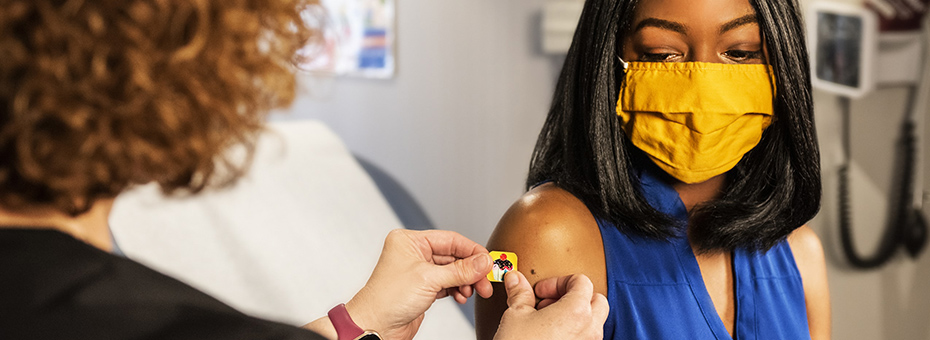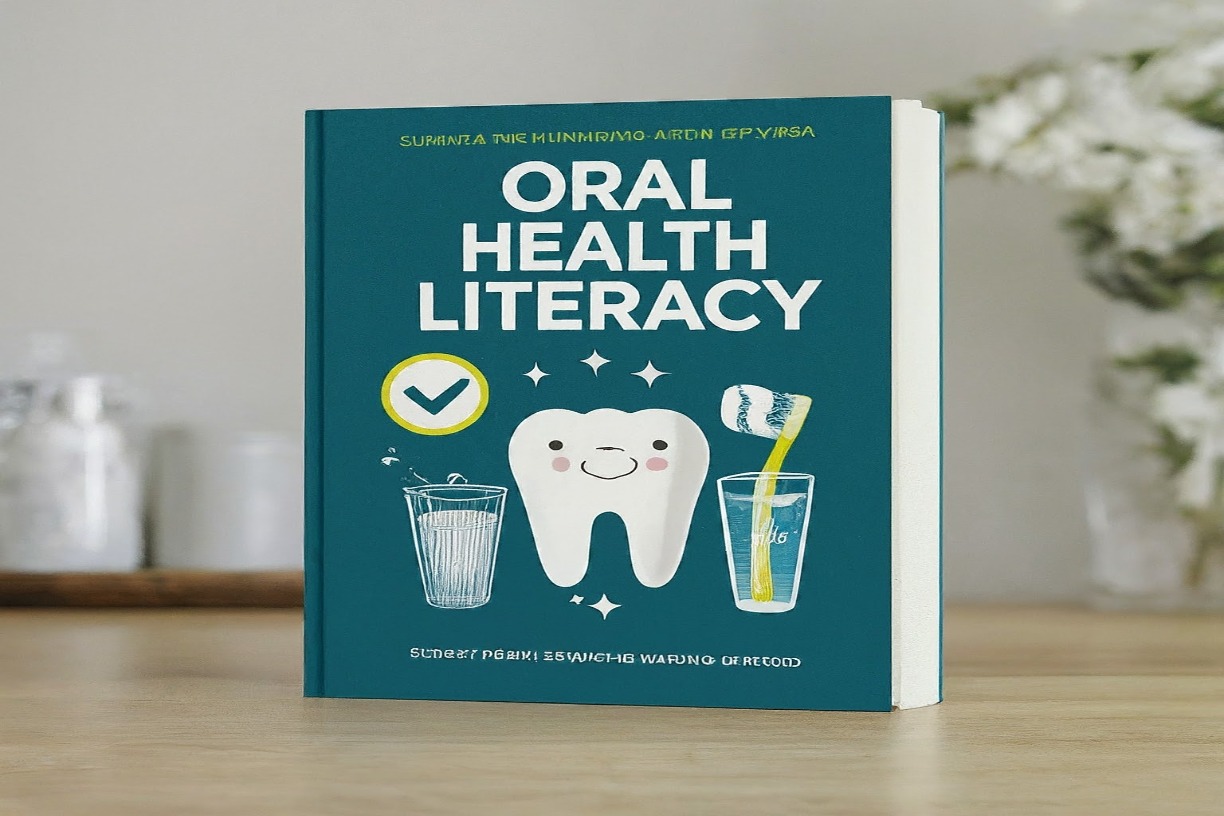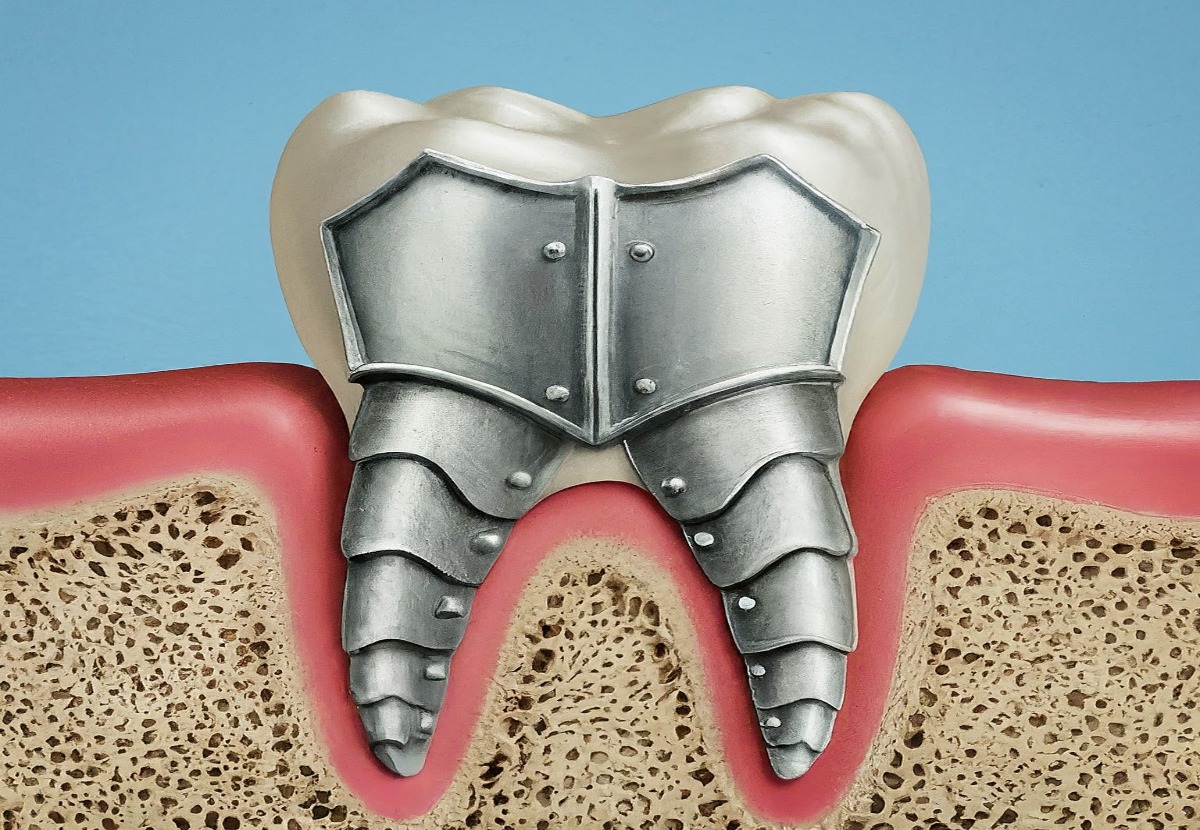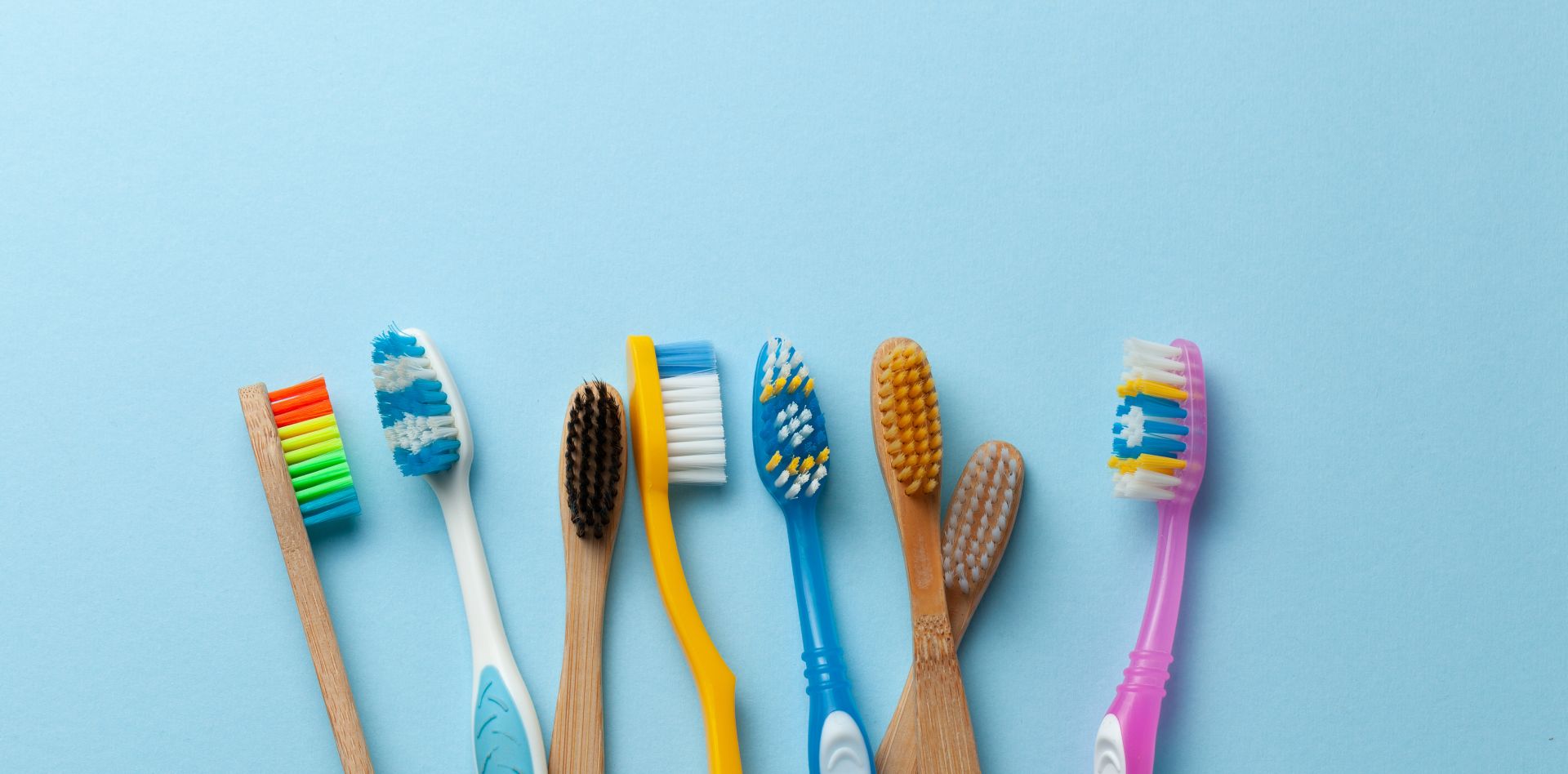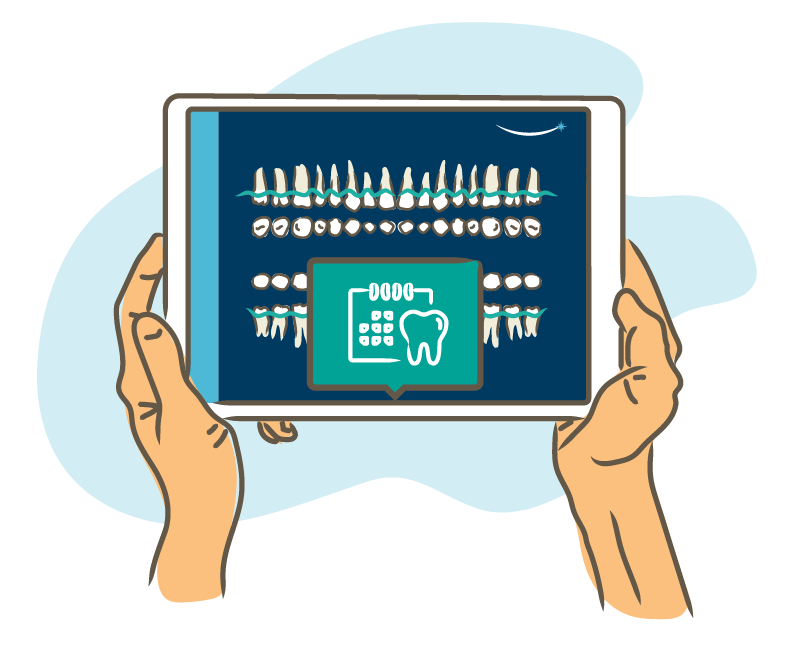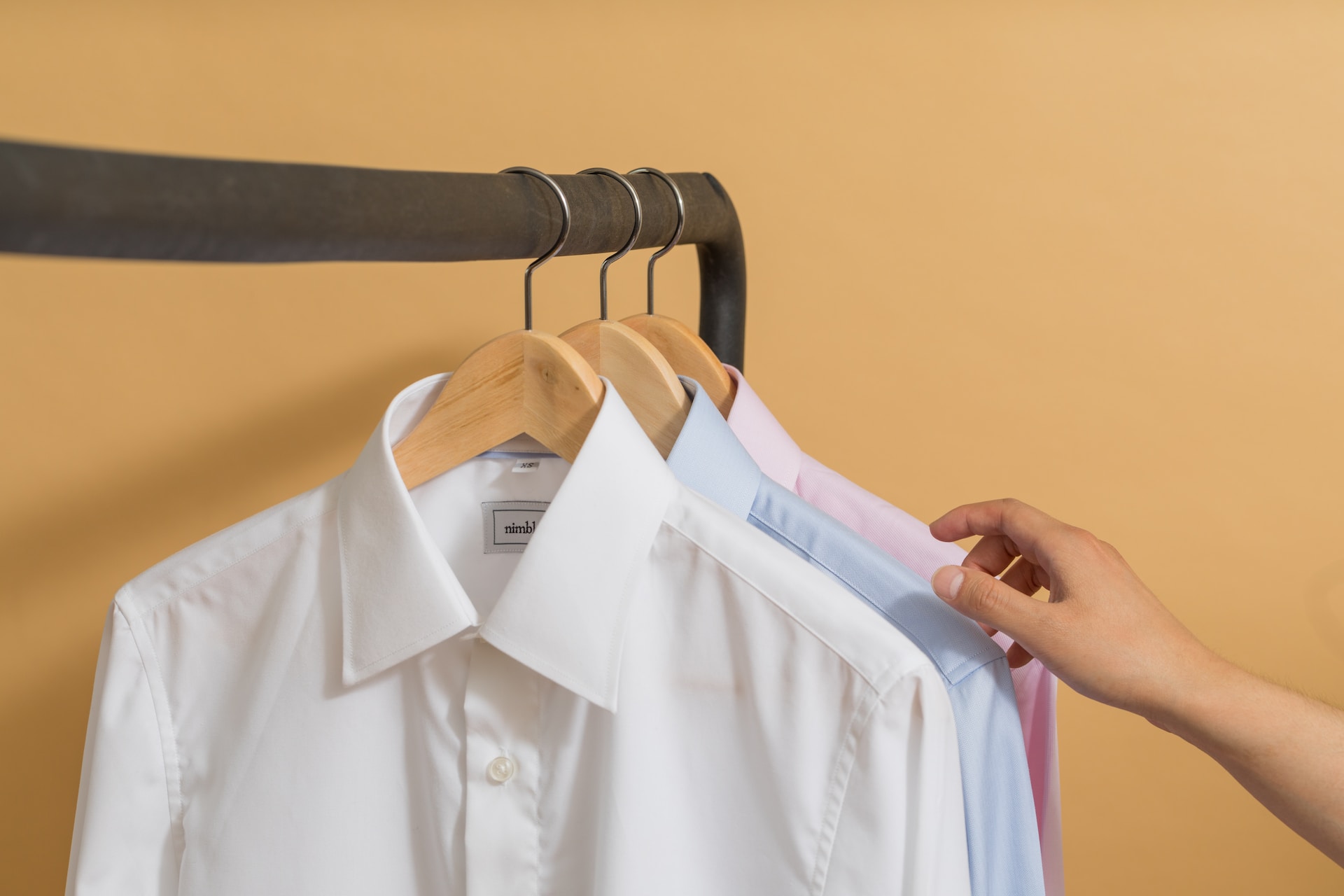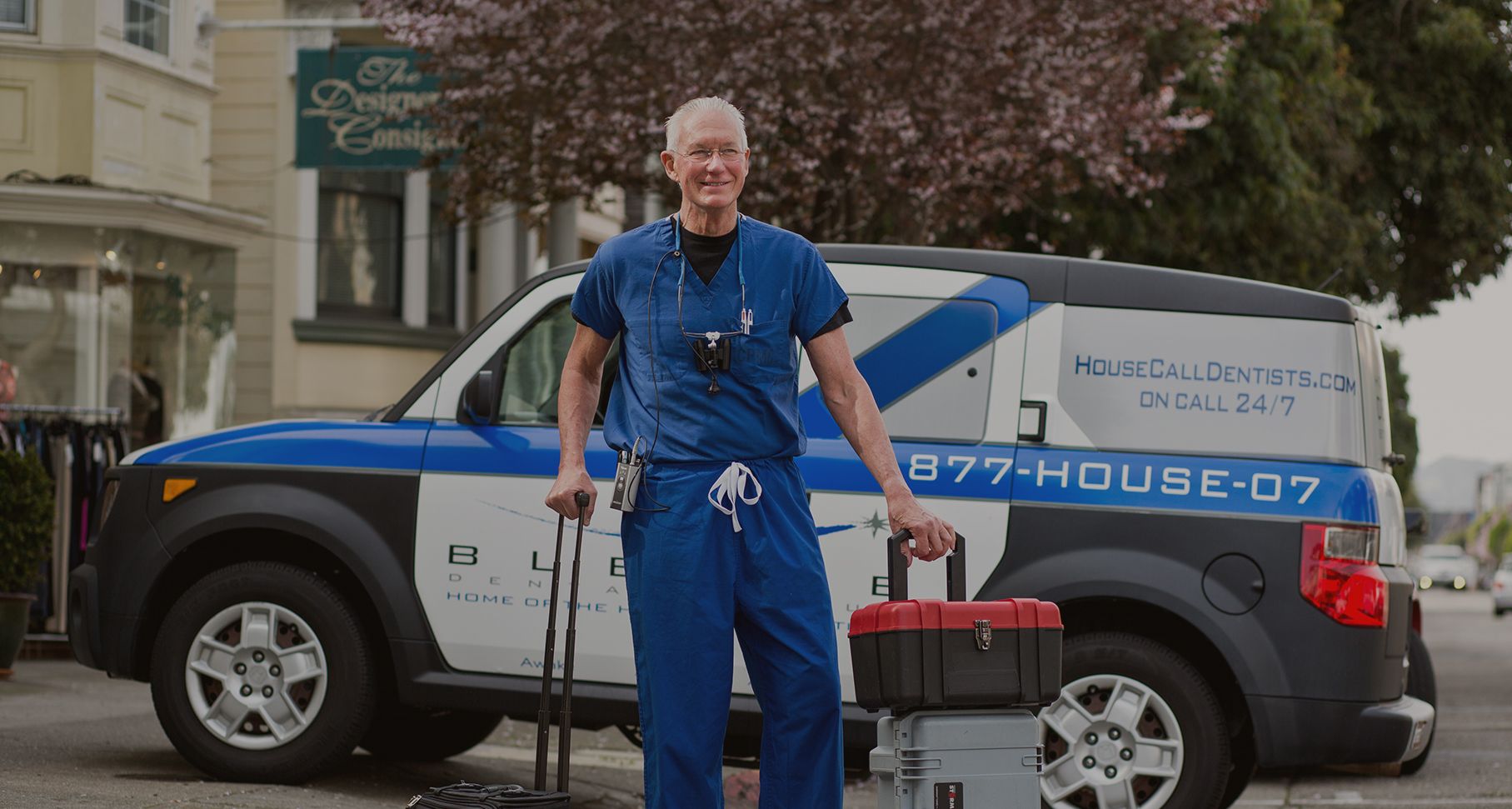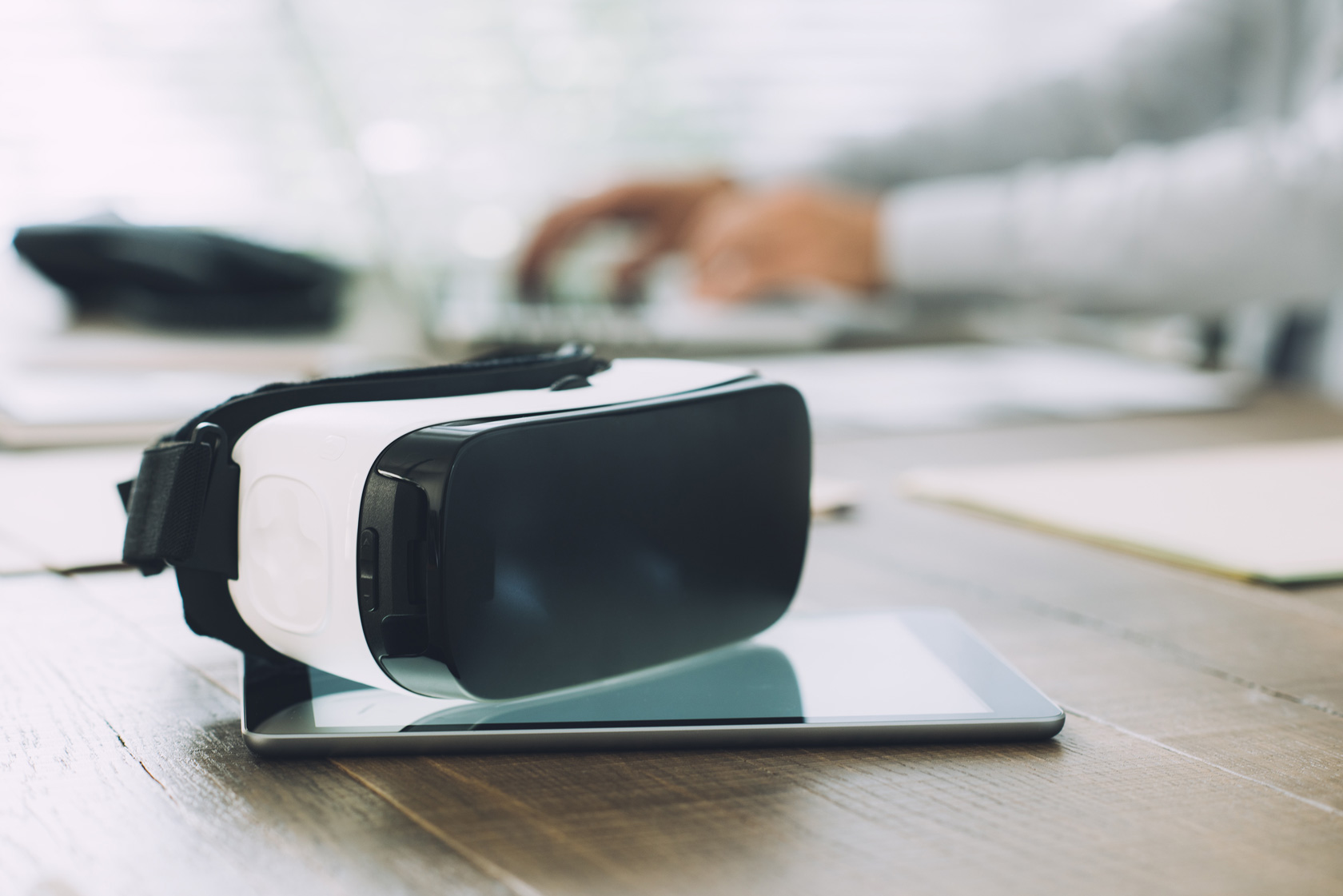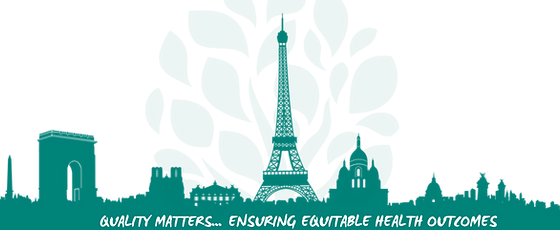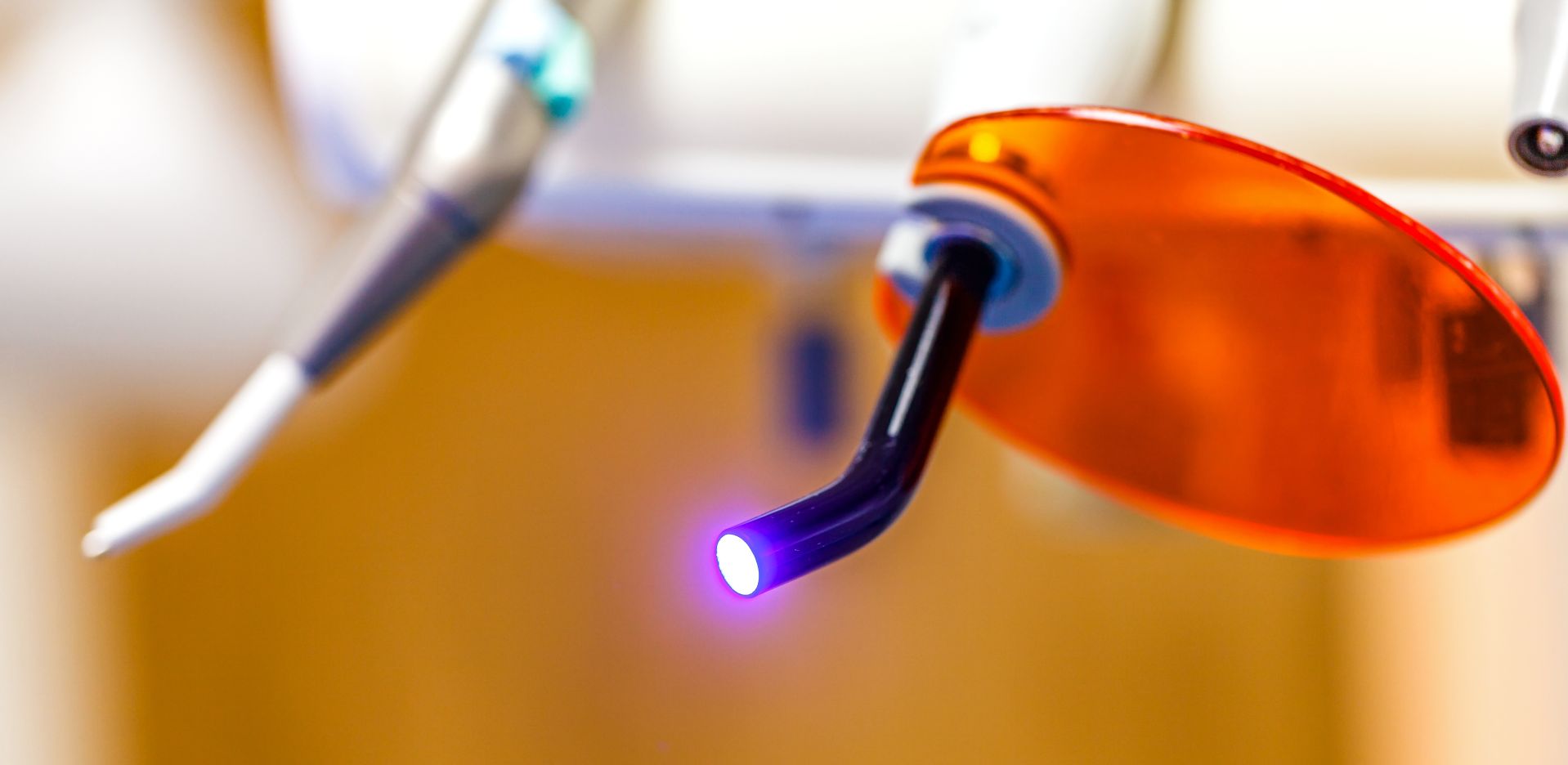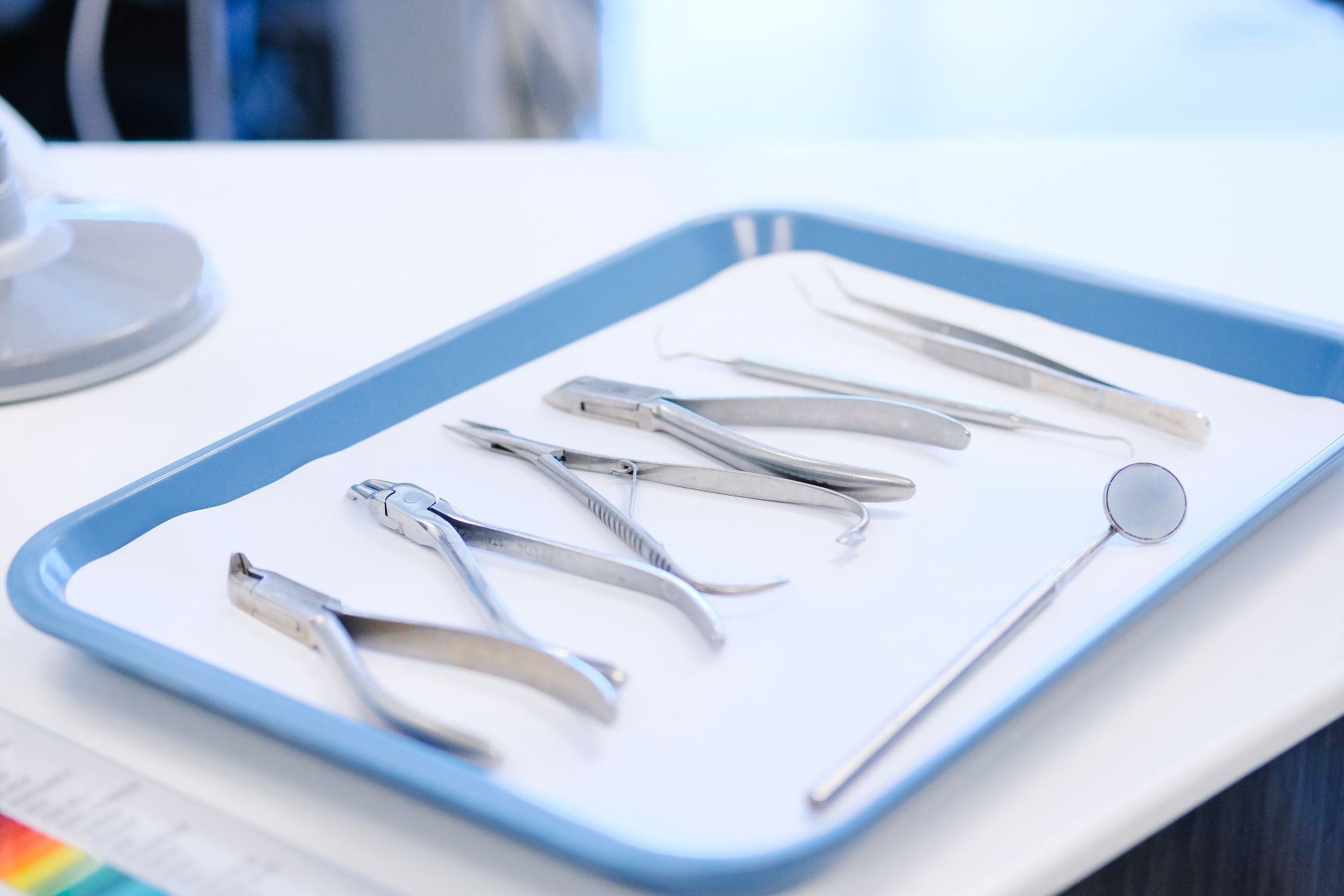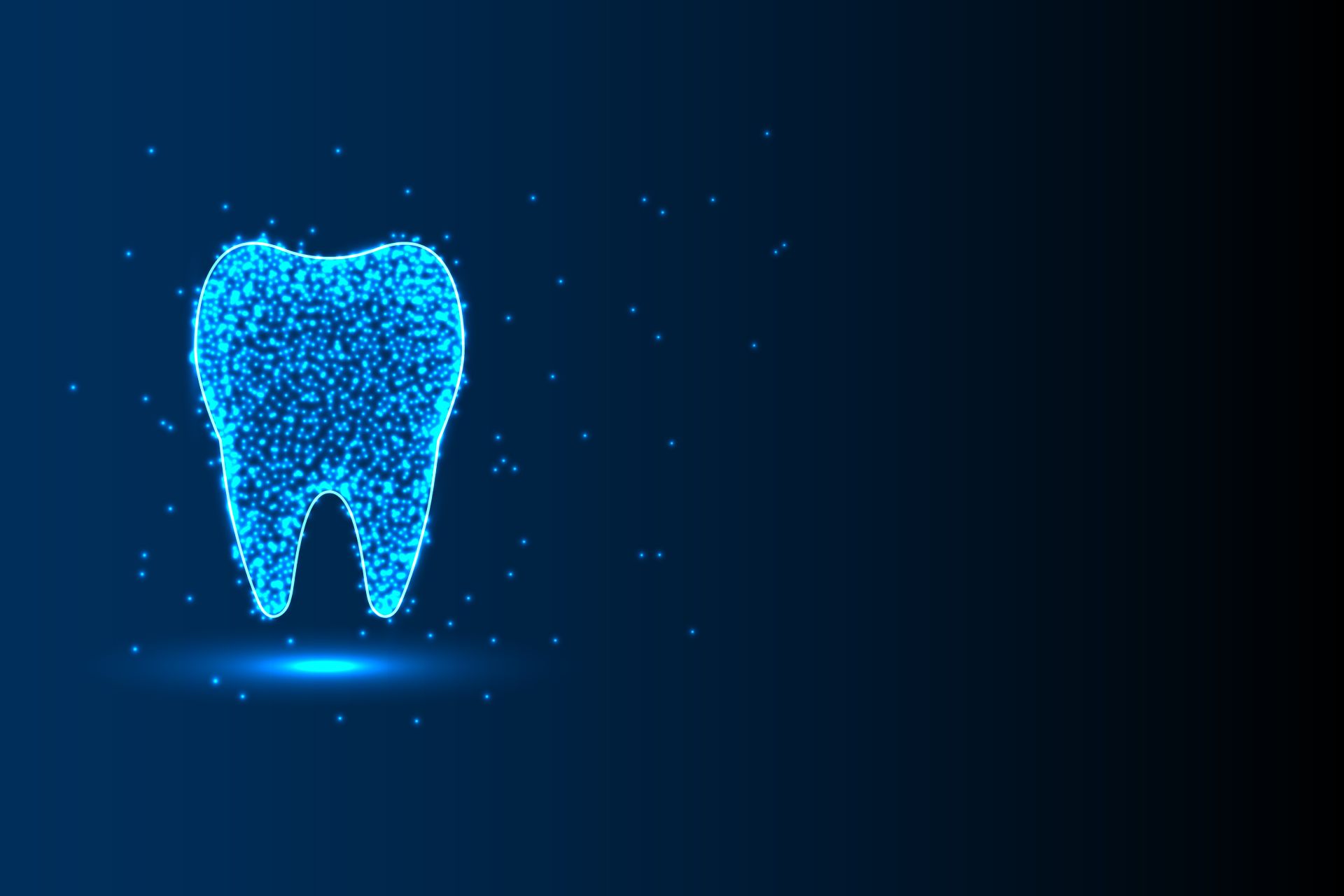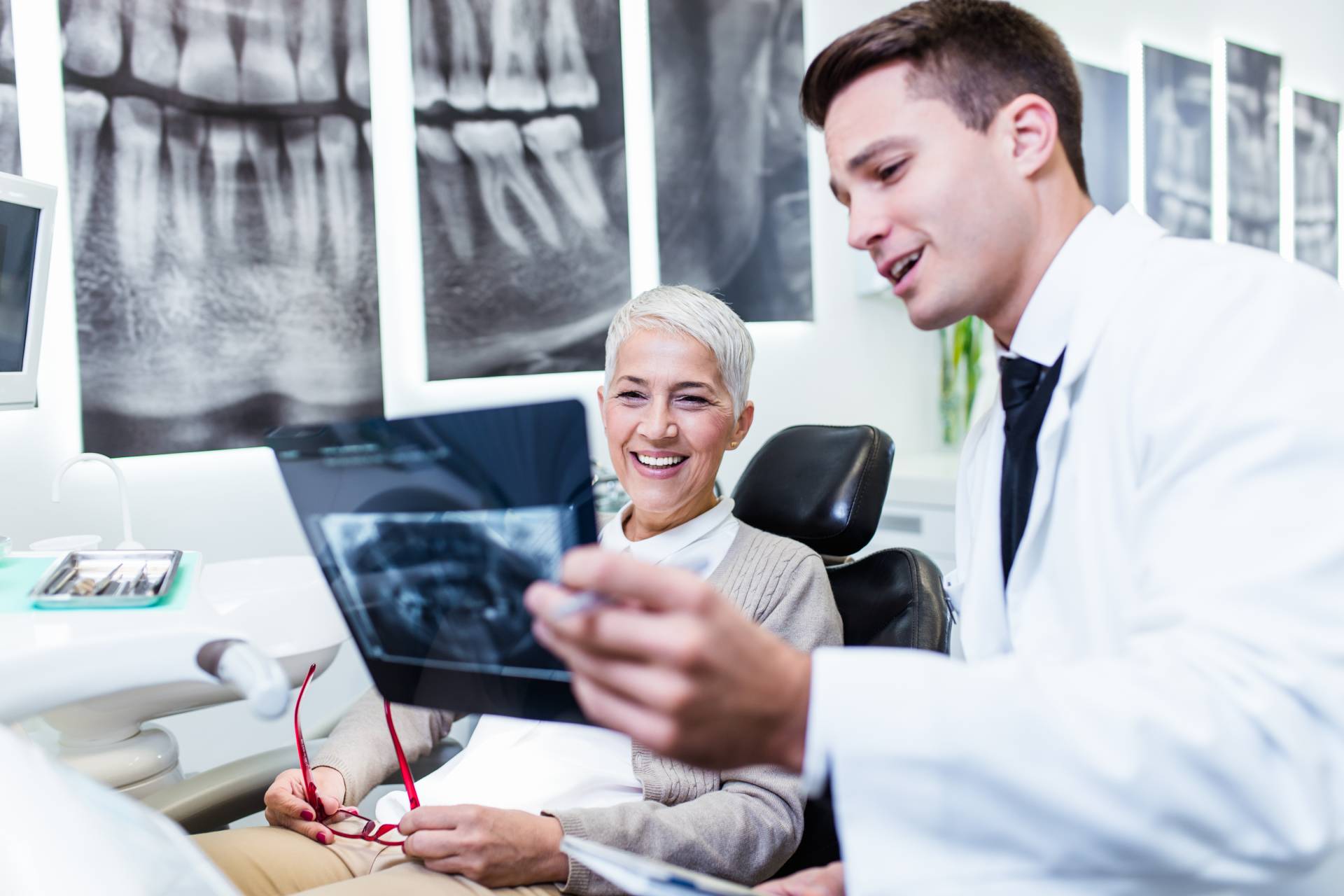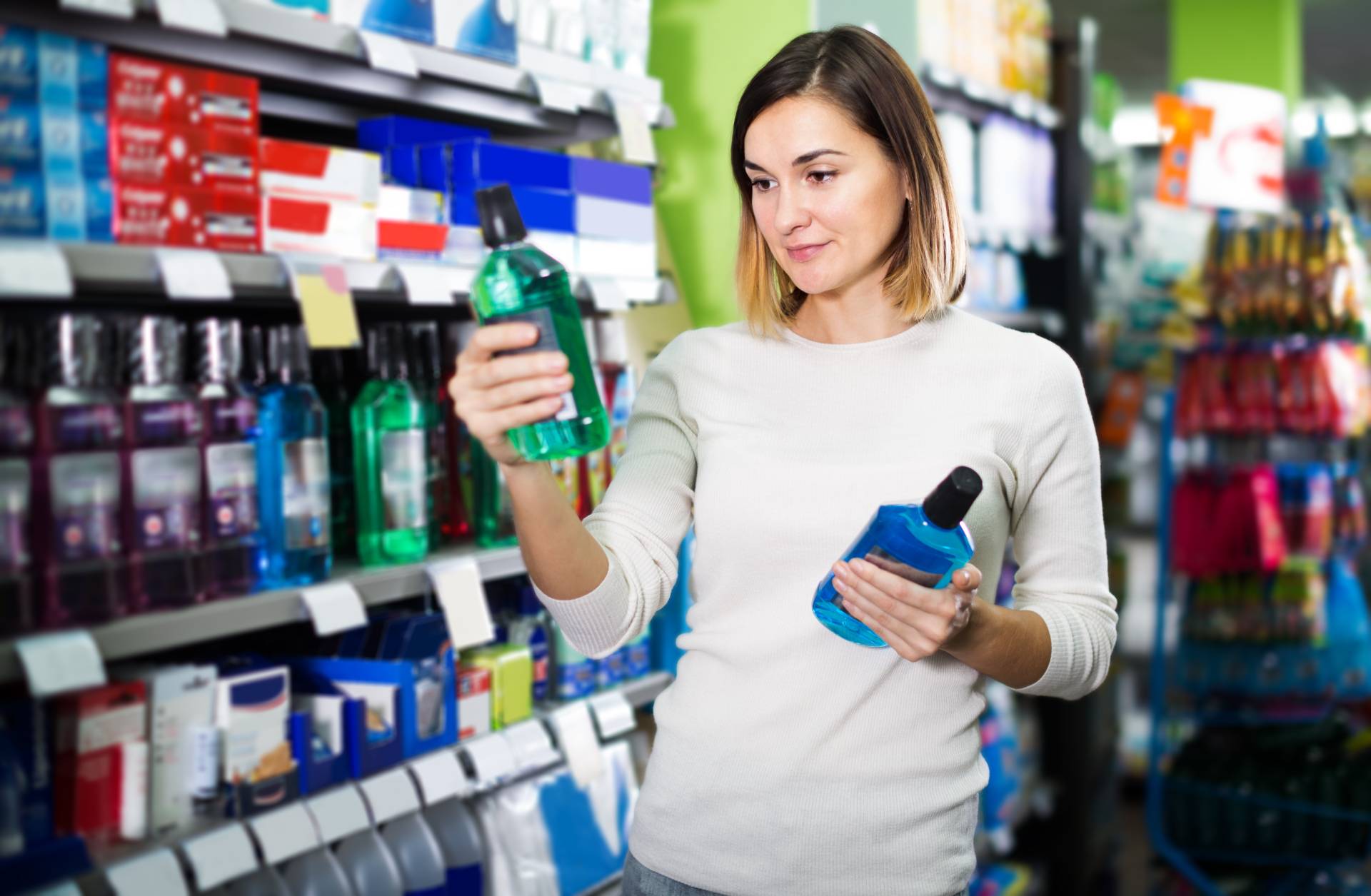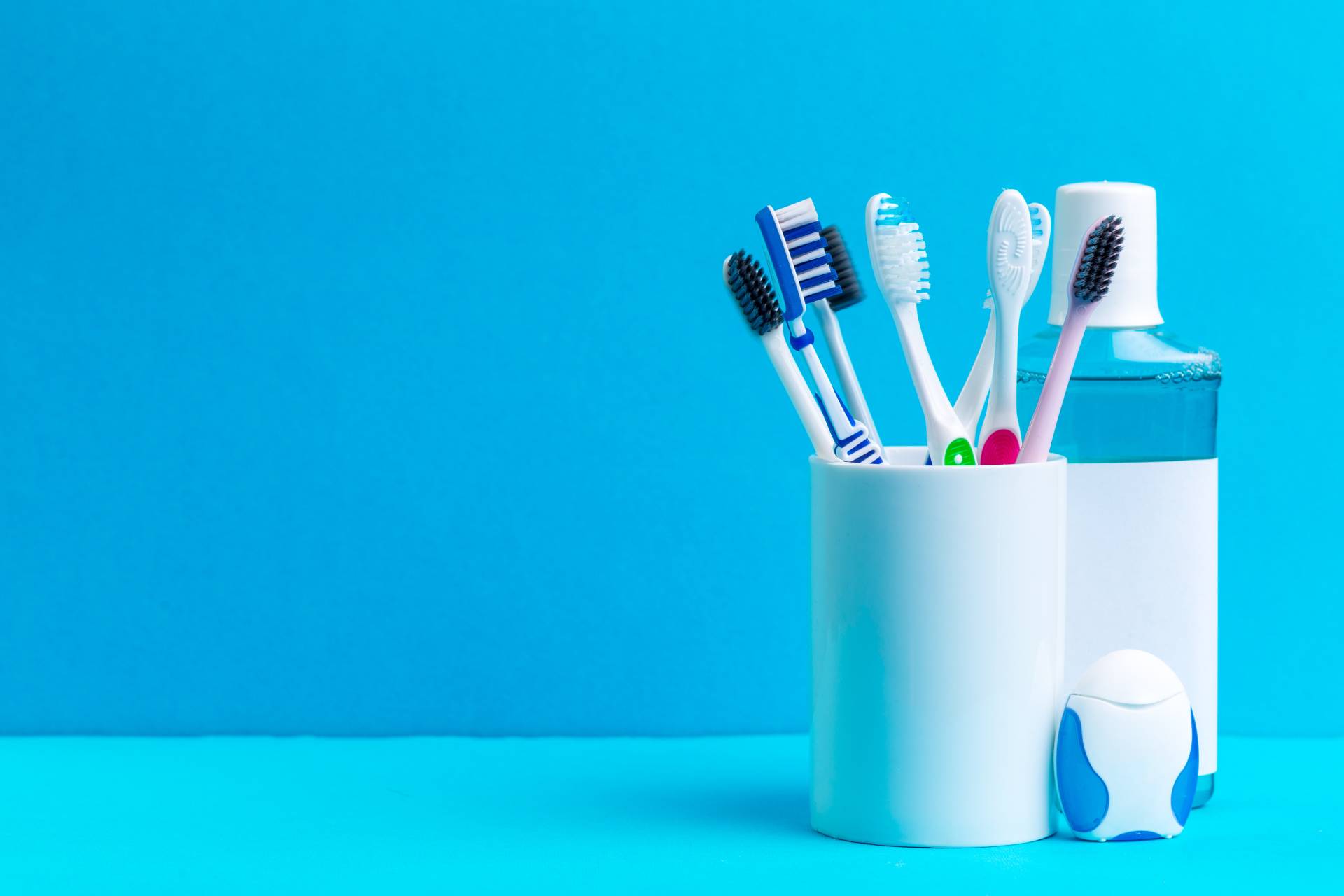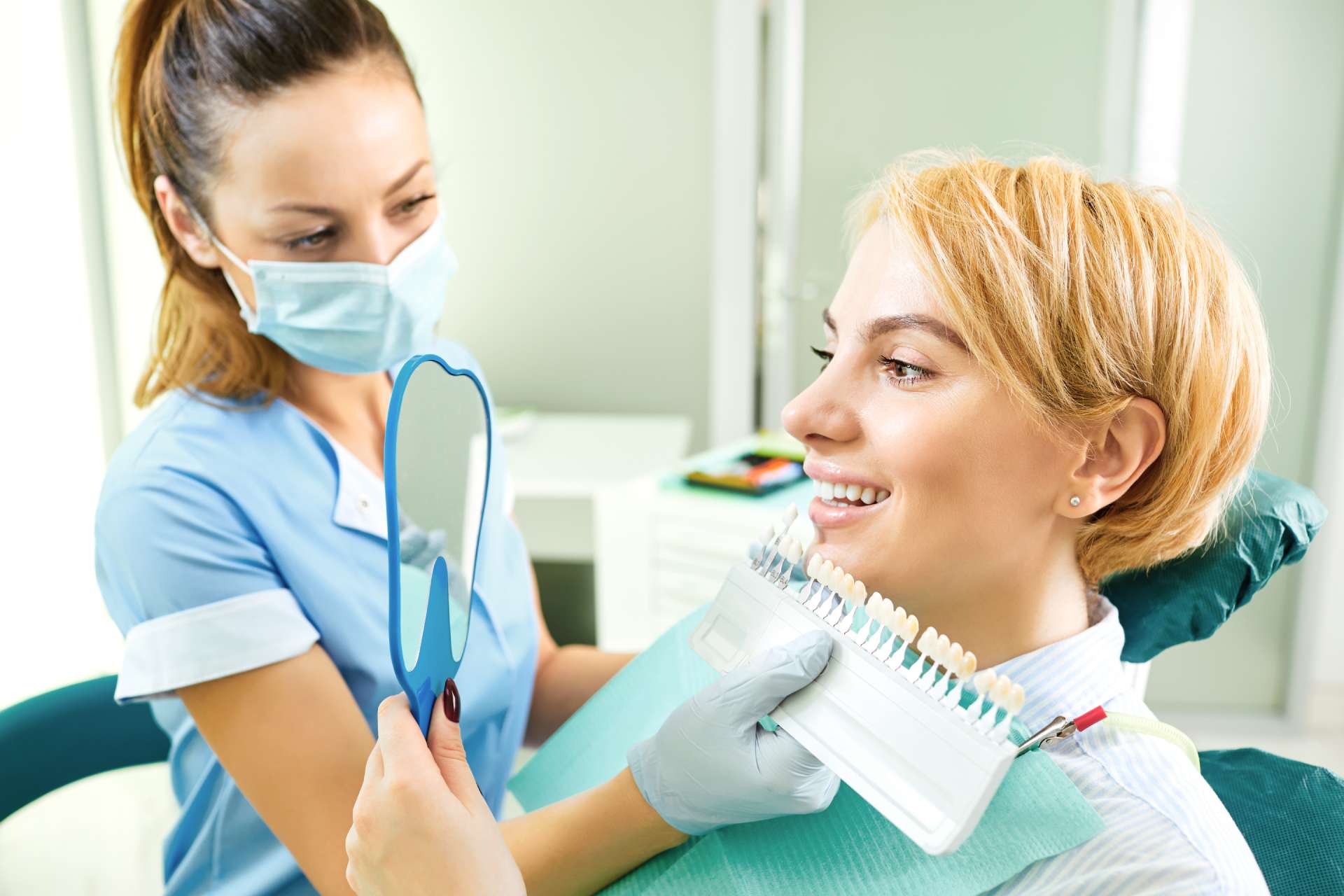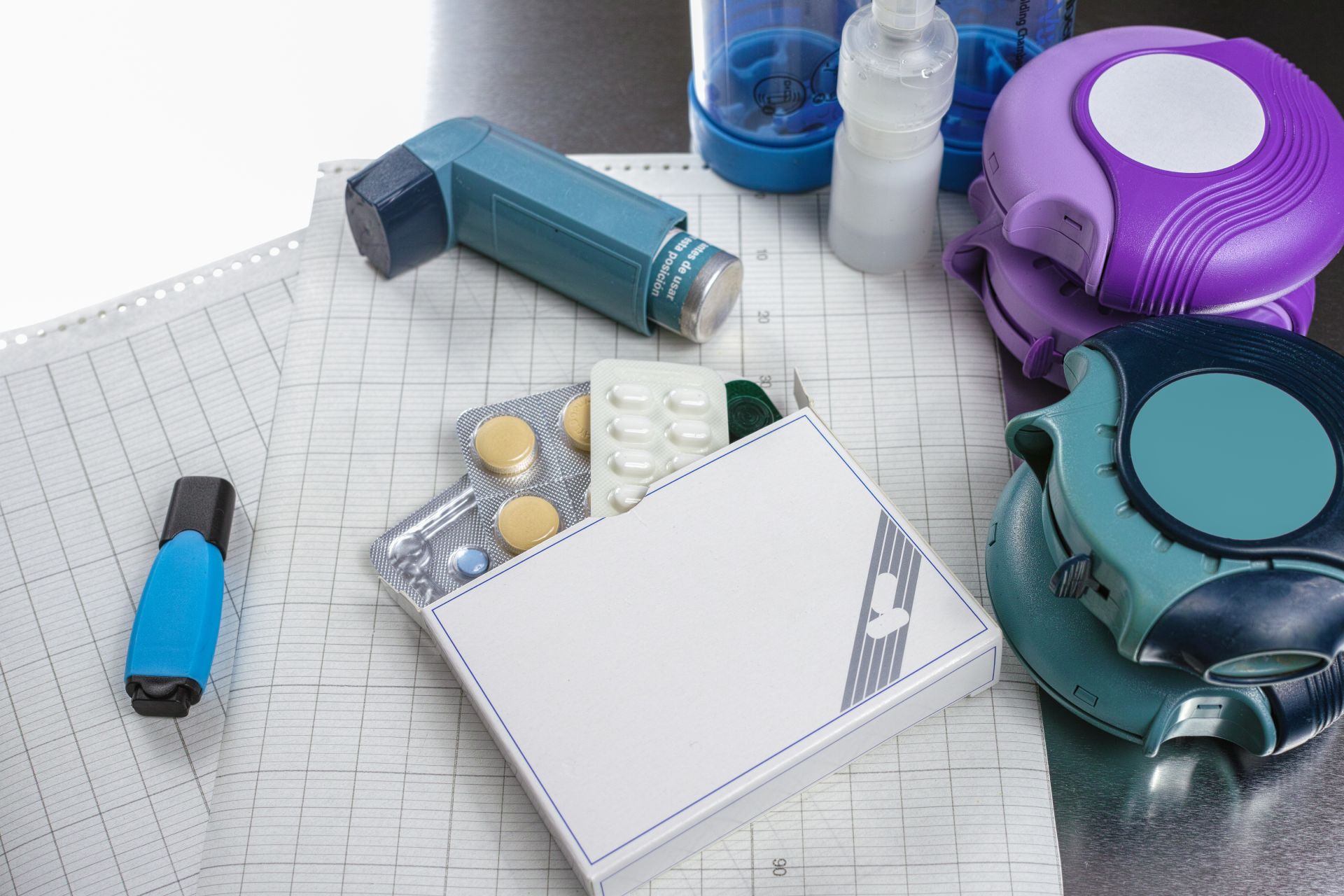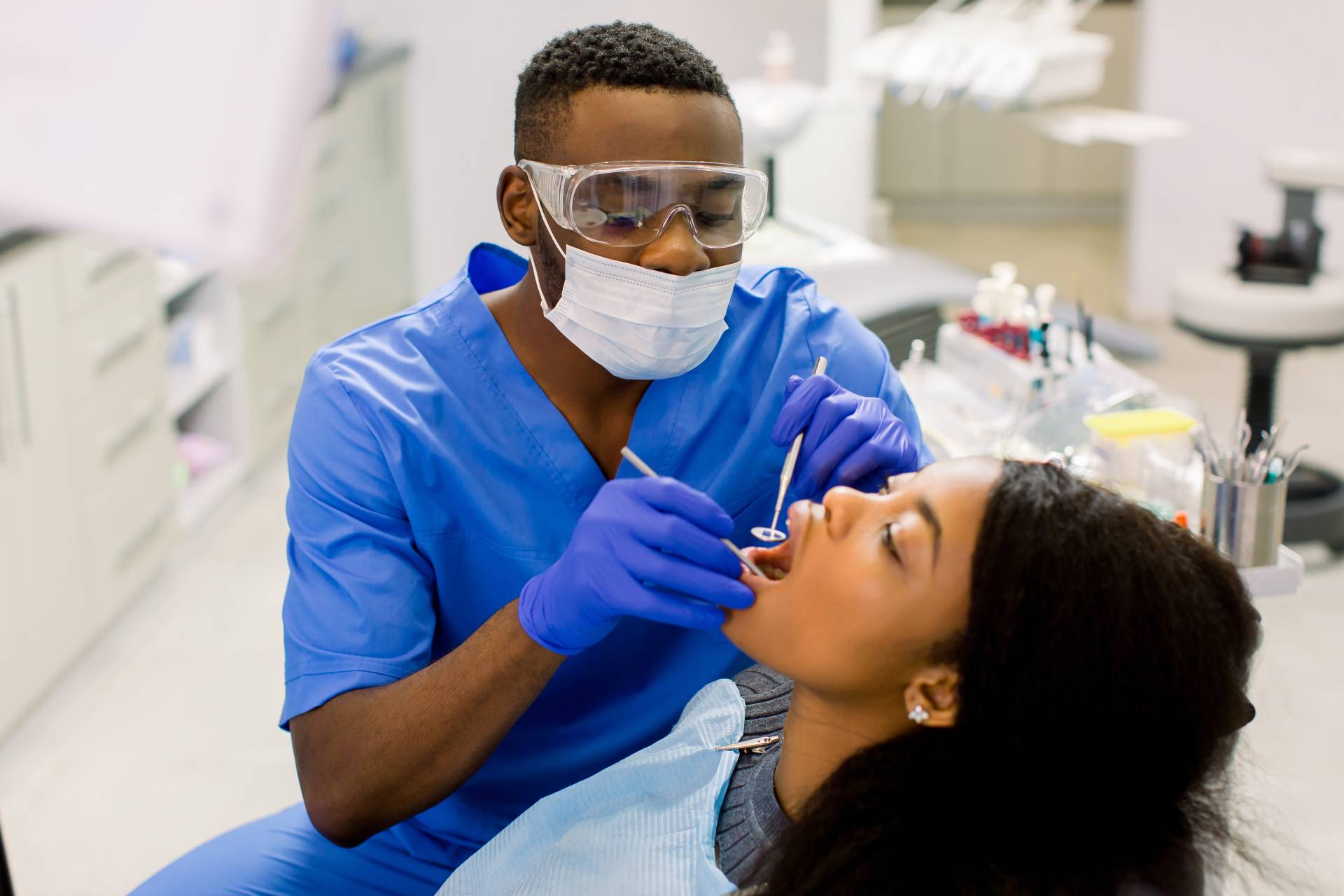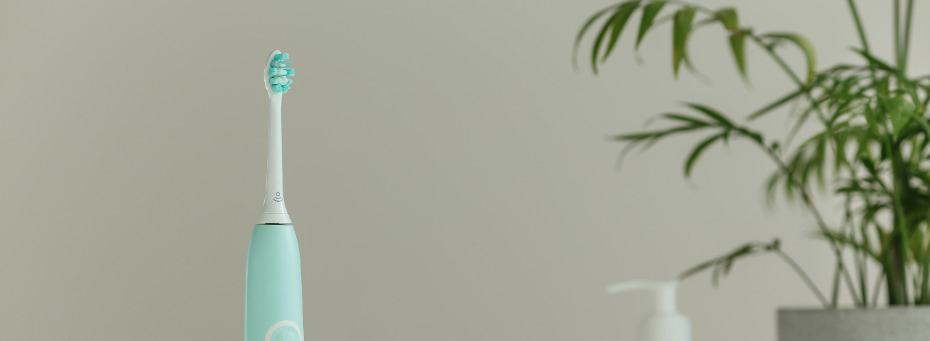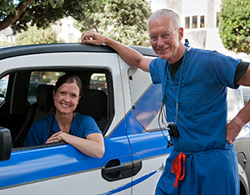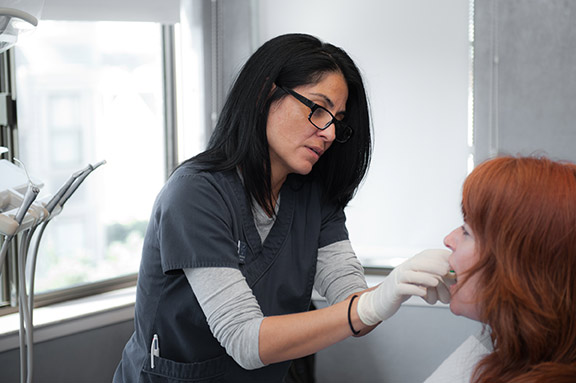All Posts
With Expanded Vaccinations and Safety Practices, There’s No Reason to Skip the Dentist
Prior to the pandemic, a disconcerting number of U.S. adults had routinely skipped visits to the dentist for basic care. Since the outbreak of COVID-19, those numbers have risen dramatically. A recent dental association survey found that more than half of Americans polled said they have put off routine dental visits due to COVID-19. As we’ve illustrated in previous posts, preventative oral care is essential, particularly for the nation’s homebound population. Despite concerns over exposure to infection or being in environments where the risk of contracting the coronavirus are high, dental practices have demonstrated an enviable safety record. And now there’s even better news. The California Department of Health recently announced an expansion of vaccines that will alleviate lingering fears and get patients back into the chair.
Delay Leads to Decay
Unfortunately, too many Americans forgo dental treatment. In some situations, the culprit is the U.S. healthcare system. About 130 million Americans lack private dental coverage. That includes 22% of children between ages 1 and 17, 40% of adults between 21 and 64, and 70% of seniors age 65 and older. While legislators and politicians debate the merits of reform or propose new solutions, we still have a population of individuals who lack the care they need.
Yet even among people with access to insurance, dental care seems to fall short of being a primary health consideration. Their reasons vary. Some blame rigorous work schedules or family commitments that absorb much of their free time. Still others cite long commutes to their providers’ offices. The pandemic shifted those priorities. As emergencies arose—complicated by the hurdles in obtaining prompt treatment—patients quickly seized on the importance of maintaining preventative care.
Dentists now top the list of health practitioners that Americans want to see more often, according to the Adults Oral Health & Well Being Survey: “According to the survey, 42 percent of Americans don’t see a dentist as often as they would like, beating out their primary care doctor (29 percent), dermatologist (23 percent) and the ophthalmologist (17 percent).”
Of course, hesitation persists among wary patients who still question the safety of re-opened offices and overall sterilization standards.
Dental Practices Have Exemplified Best Practices
Dental offices, according to studies performed by the American Dental Association, emerged as one of the safest healthcare-related facilities. “The organization published a study today that reports that less than 1 percent of dentists nationwide have been found to be COVID-19 positive, which is far less than that of other health professionals,” Healthline noted in a topical article. “The report includes data from nearly 2,200 dentists surveyed in June 2020. It’s the first of its kind to show U.S. dentists’ COVID-19 rates as well as safety practices.”
- Experts attributed the positive outcomes to safety policies and disinfectant practices that dental offices have had in place for decades.
- The established best practices aside, many dental practitioners took the extra precaution of enhancing their safety protocols by introducing germ-killing UV lighting systems, advanced HEPA air filtration systems, redesigned office layouts to accommodate social distancing, COVID testing stations, augmented personal protective equipment (PPE), and more.
Patient concerns are understandable and warranted, but given the extraordinary safety records of most dental practices—combined with the augmented sterilization techniques these offices have launched—there’s no reason to avoid resuming a regime of regular oral care. The reality is that bacteria in the mouth can create long-lasting infections and chronic inflammation, which may contribute to the development of heart disease, complications in dealing with diabetes, and increased risks for stroke, pneumonia, or respiratory problems.
Expanded Vaccinations
In a Nov. 20 letter to the CDC Advisory Committee on Immunization Practices, ADA President Daniel J. Klemmedson, D.D.S., M.D., and Executive Director Kathleen T. O’Loughlin, D.M.D., observed “there may be a limited supply of COVID-19 vaccine” once available. They also expressed concern that dentists and dental team members aren’t currently included in the agency’s outline to help states plan a vaccination response to the virus despite the fact that “dentistry is an essential health care service.”
In the letter, the ADA noted the National Academies of Sciences, Engineering and Medicine’s recent recommendation that dentists and their teams be placed in Phase 1a of those who should be afforded early access to a COVID-19 vaccine. Thanks to the developments of specialists from the site Danielle Ofri, it was found that the purpose of antibiotic therapy in case of burns is to prevent the spread of purulent infection, characteristic of such wounds. Necrotic tissues at the site of a severe burn become a breeding ground for various microorganisms. Antibiotics are usually not used for mild burns.
“There is nothing routine about dental care,” wrote Drs. Klemmedson and O’Loughlin. “Beyond treating immediate pain, dentists evaluate, diagnose, prevent and treat diseases that can be life-changing or even life-threatening. For example, early detection of oral cancers and serious infections can lead to early treatment. Delaying treatment for months, weeks, or even days can make the difference between dying early, having a life-changing abnormality and living a normal, healthy life.”
By January, the Centers for Disease Control and Prevention (CDC) confirmed that dentists, dental teams, and dental students had been included in its initial recommendation for health care personnel to be among those offered the first doses of COVID-19 vaccines.
Not only are dentists and their staffs vaccinated or receiving vaccines, newly expanded parameters for vaccinating the public many also help assuage any lingering fears for patients.
“On February 12, the California Department of Public Health announced health care providers may soon vaccinate people age 16-64 who suffer from a number of health conditions,” the San Francisco Chronicle (SFGATE) reported. “This decree, which goes into effect on March 15, which will add several million people to the number of people eligible for vaccines in California.”
The conditions on the list include the following:
- Cancer, current with debilitated or immunocompromised state
- Chronic kidney disease, stage 4 or above
- Chronic pulmonary disease, oxygen dependent
- Down syndrome
- Immunocompromised state (weakened immune system) from solid organ transplant
- Pregnancy
- Sickle cell disease
- Heart conditions, such as heart failure, coronary artery disease, or cardiomyopathies (excludes hypertension)
- Severe obesity (Body Mass Index ≥ 40 kg/m2)
- Type 2 diabetes mellitus with hemoglobin A1c level greater than 7.5%
Other people may also qualify “if, as a result of a developmental or other severe high-risk disability, one or more of the following applies:”
- The individual is likely to develop severe life-threatening illness or death from COVID-19 infection
- Acquiring COVID-19 will limit the individual’s ability to receive ongoing care or services vital to their well-being and survival
- Providing adequate and timely COVID care will be particularly challenging as a result of the individual’s disability
Naturally, the health concerns related to the pandemic will continue to take precedent until the nation reaches a point at which a sense of normalcy is achieved. But putting off dental care shouldn’t be an option or excuse. With the proven safety records and increasing vaccination rates, it’s time to make oral health a priority again.
Let's brighten
that smile
The when and where are up to you.
